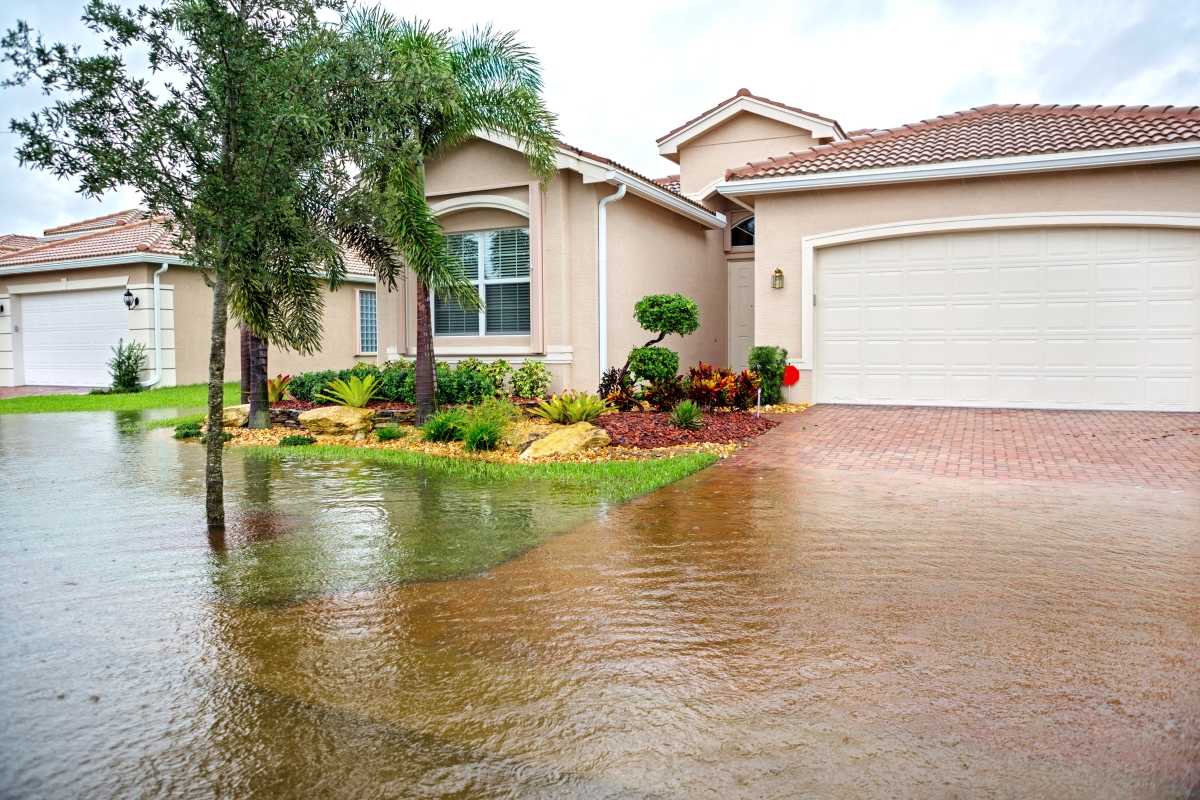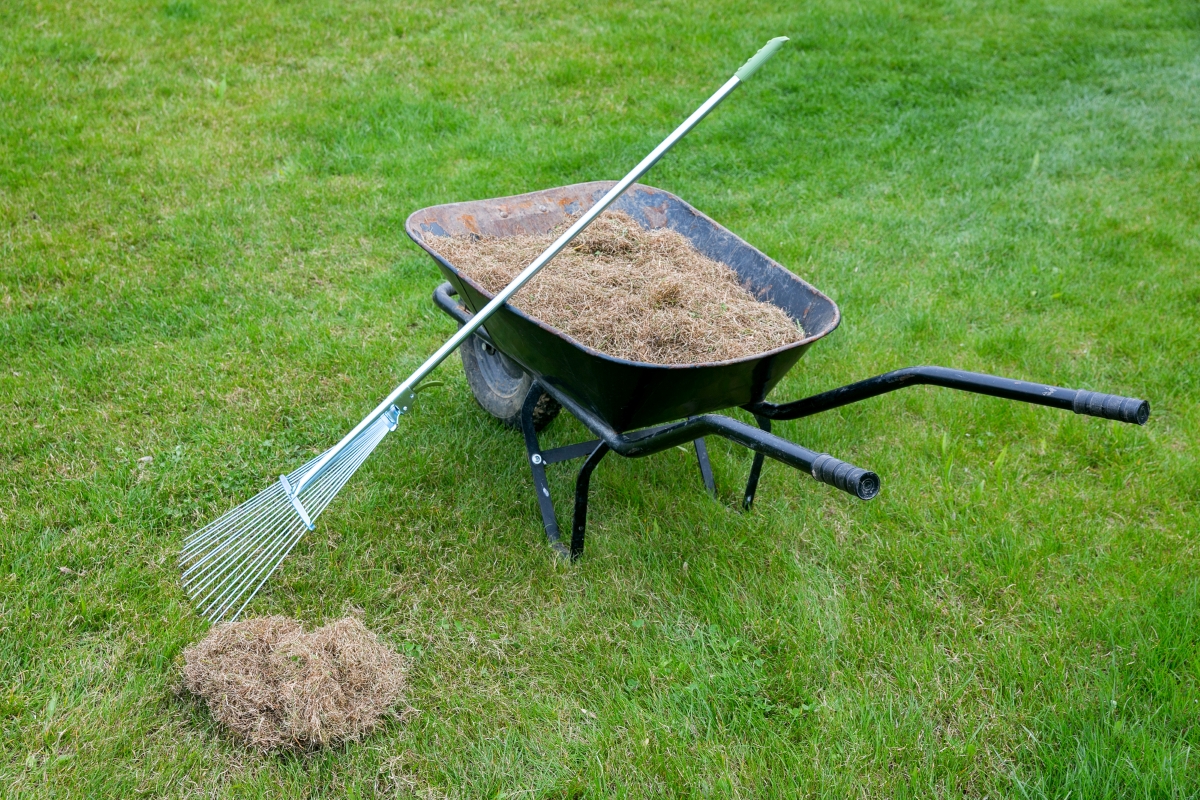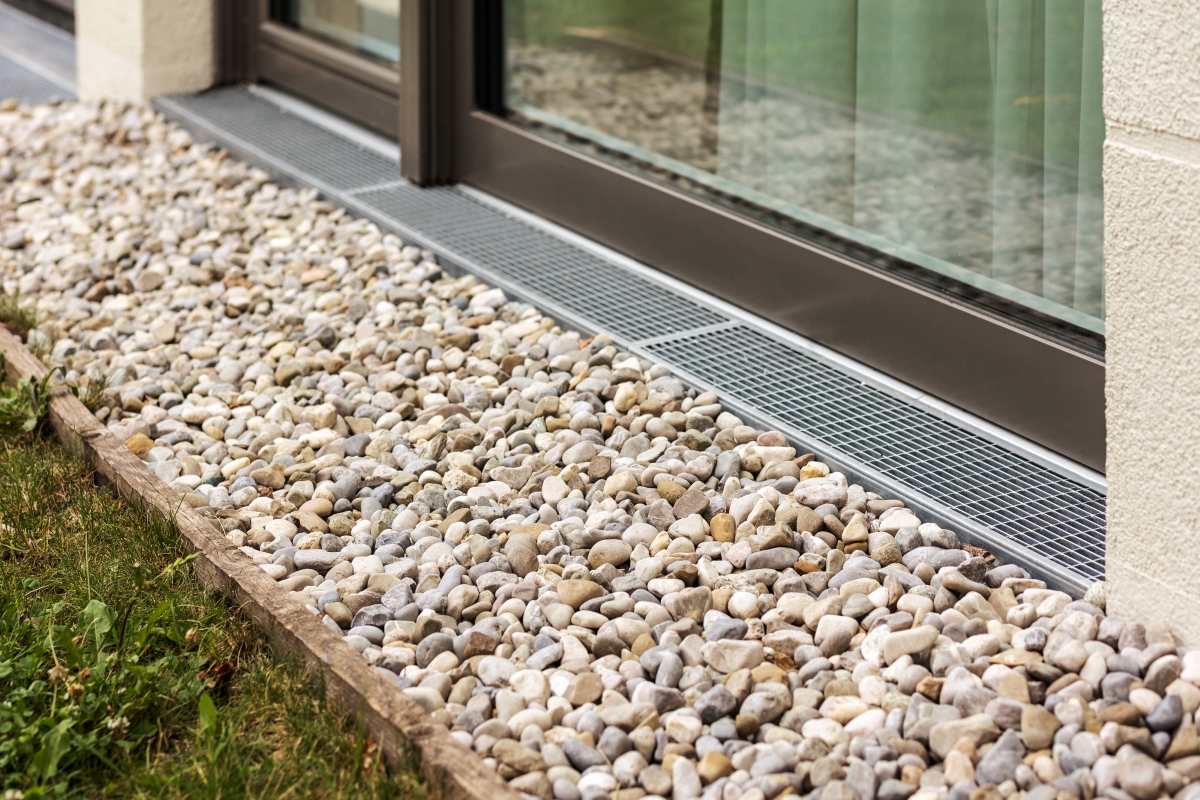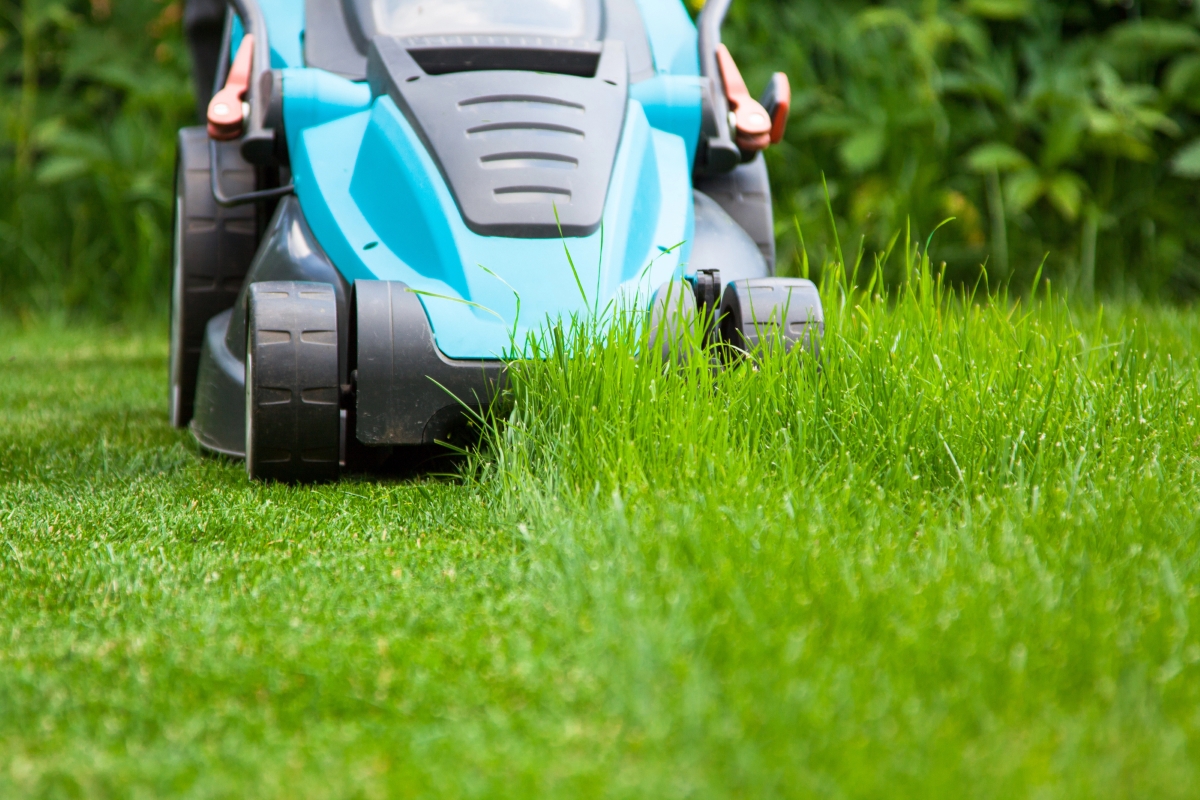

We may earn revenue from the products available on this page and participate in affiliate programs. Learn More ›
Climate change is real, and our lawns are feeling its effects. The fall 2024 outlook from The Weather Channel predicts above average temperatures for much of the United States through October. With more hot weather forecasted, lawns may show signs of heat stress by turning brown or developing patches of dead grass.
In addition, warmer temperatures can lead to more frequent and more extreme storms, from Midwestern derechos to monsoons pushing inland in the West to hurricane season in the Gulf and along the Atlantic coast.
The National Oceanic and Atmospheric Administration (NOAA) predicts that the already highly active 2024 hurricane season will continue through November. That can result in heavy flooding, washing away portions of properties, and leaving the rest soaked and saturated.
If your home landscaping is affected by severe weather, assess the damage and make a plan for repairing it using the following expert advice.
Dethatch and aerate the lawn.

Severe weather can compact the soil and build up thatch, which cuts the grass roots off from water and nutrients. Soil compaction tends to be the most common reason lawns become waterlogged. Aeration permits air and water to seep into the ground.
Nathan Thorne, U.S.-based gardening expert and horticulturist for Handy Flowers, recommends removing excess thatch by using a dethatching rake or a mechanical dethatcher, followed by a hollow-tined core aerator to agitate the soil and give the grass roots access to more air, water, and nutrients through the roots.
Install drainage.

Once the water is gone, ensure the problem doesn’t reoccur during the next storm. French drains, rain gardens, gutter downspouts, and dry creek beds can help redirect excess water off the property.
“For flooding, improve drainage,” says Peter Pappas, owner of PJ Pappas Irrigation/Lighting in Massachusetts. “We’ve used pipes, gravel, and sand to redirect water.” Fill ruts, holes, and washed-out areas with new topsoil and sod so the grass can recover. Re-level and re-sod washed-away areas. “[The] key is removing water so grass recovers,” Pappas explains.
Overseed or resod.
If half or more of the grass has been severely damaged or washed out by a storm, reseeding or resodding may be necessary to establish a healthy stand of grass. Lightly rake the soil to prepare the seedbed, then apply the new seed or sod. Fertilize and keep it consistently moist during the establishment period.
Thorne says, “Be sure to select the type of grass that is best adapted to your location and for your amount of sunshine.” Even easier: Match the seed to your existing grass type for the best results.
Adjust irrigation and mowing practices.

Watering schedules may need to be changed to make sure your grass isn’t overwatered if there is too much rain or underwatered during times of drought. If you reseeded or resodded, it’s important to water consistently in order for seeds to germinate and roots to take hold.
Proper mowing can also aid recovery. Thorne states, “Keep your mower blade higher to not mow too short so you do not stress out the plants.” Setting the mower deck at the correct height for the type of grass you’re cutting promotes healthy root growth and provides protection during recovery.
Fertilize and amend the soil.
Heavy rainfall and flooding can cause the loss of essential soil nutrients. Without proper nutrition, grass can become weak and susceptible to the stresses of weather. That’s why Thorne recommends an application of a slow-acting, balanced fertilizer to replace lost nutrients.
Similarly, adding amendments to the soil, such as compost to improve structure, lime to raise pH levels, or peat to boost soil’s ability to retain moisture, can help repair a lawn after storms. “This will help in the recovery of the grass and further enhance its establishment by giving it a stronger and healthier root system,” Thorne states.
